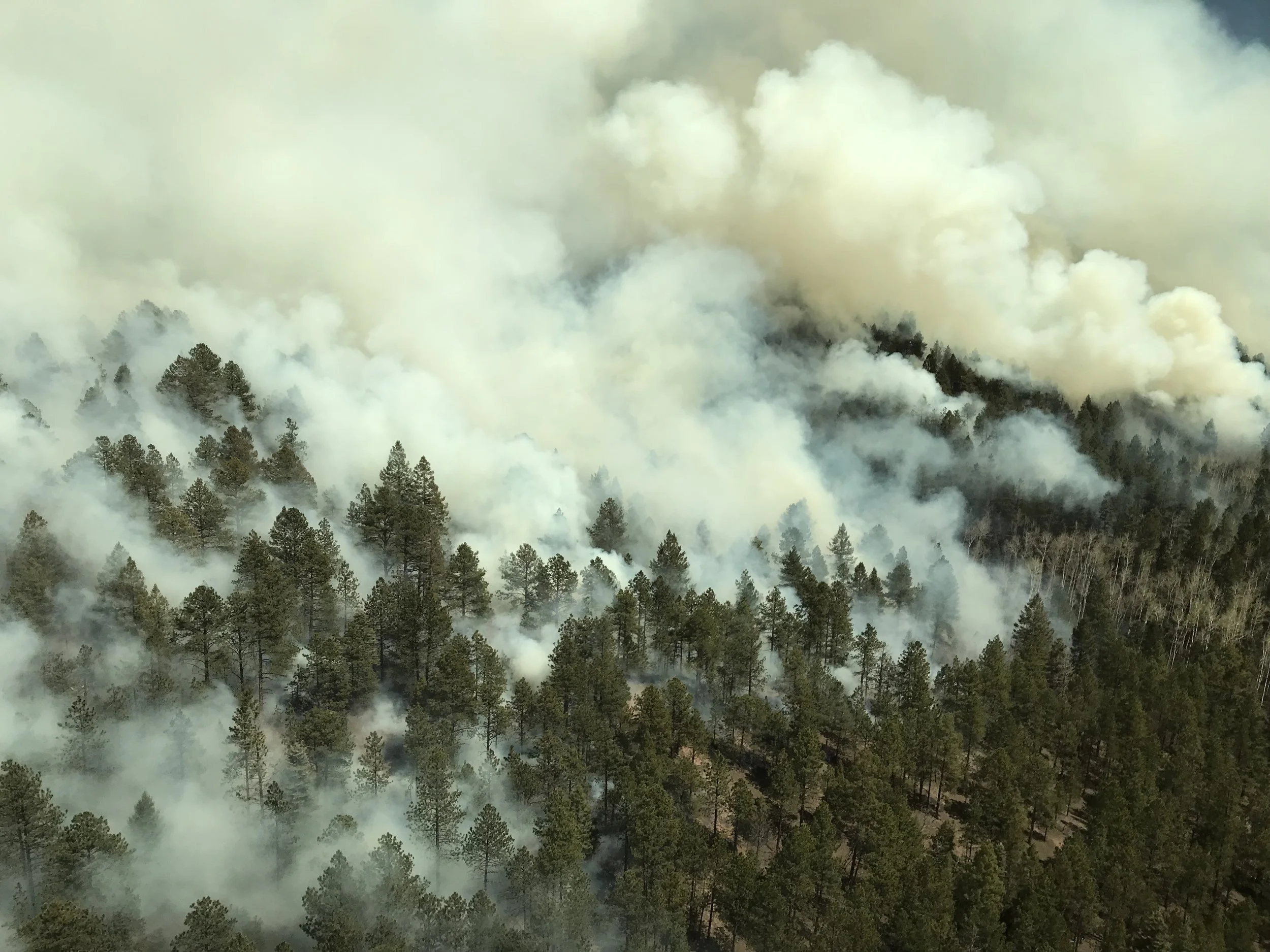Hello Fireshed
It’s the blog’s sweet sixteen today and at least in some parts of the state we’re finally getting some relief from the heat this week with some (hopefully monsoonal?!) storms. If the storms do strengthen and turn into monsoons we may be in for a reprieve from fire season, which will make a wonderful birthday present for this blog! If monsoons are coming this week or a month from now, we’ll welcome the change in the season, and a transition to work on different aspects of fire adaptation, because unlike a monsoon storm, adaptation to fire doesn’t happen all at once, but bit by bit!
Best, Sam
This week we have:
Bachechi Open Space Webinar – Living and Adapting with Fire, presented by your blog writer, Gabe Kohler of the Forest Stewards Guild
Business Resilience and Wildfire – read more about preparations for business resilience in the face of wildfire
Living and Adapting with Fire - Back Yard Science Series Webinar
presented by Bachechi Open Space
Tune into the Backyard Science Series this Saturday, July 18th, at 2:00 pm for a webinar titled Living and Adapting with Fire. This talk will feature an introduction to the fire ecology of various forested systems (bosque and mountain areas) that are common to northern New Mexico. Explore what it means for landscapes and houses to be fire-adapted. Understand the ways communities can learn to live safely within areas where fire can run wild. Presenter, Gabe Kohler, is a program coordinator with The Forest Stewards Guild that works on increasing engagement with Fire Adapted Communities New Mexico (FACNM).
To check out the talk this Saturday, visit https://www.facebook.com/BachechiOpenSpace/
Business Resilience and Wildfire
Living in a fire-adapted community means many things, but what does it mean for businesses and local economy? Wildfires pose a serious threat to a community’s continuity, and can have devastating effects on the small businesses that depend on it. As we know all to well with the current crisis, business resiliency and risk mitigation strategies help to defend communities from losses, and are especially important for small businesses as they experience the most risk due to wildfires. With the current increasing frequency and severity of wildfires across the region, people are coming together to collaborate and create strategies to keep businesses open in light of fires. In May of 2019, the Island Park Sustainable Fire Community in Idaho held a workshop to tackle this challenge; check out the link below! There may be some lessons for the current crisis here too.
https://fireadaptednetwork.org/business-resilience-round-up-fire-adaptation/



















